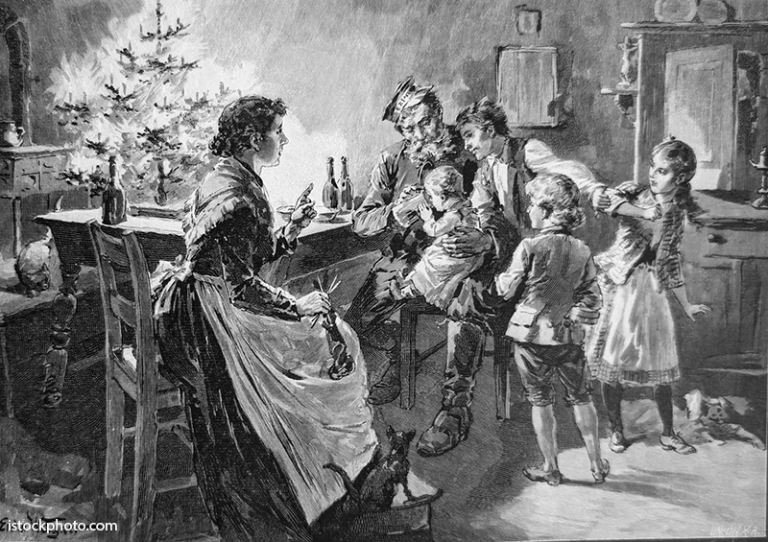
Seventh in a series on rural universities
Rural, regional colleges often cost less than metropolitan universities. Cost differences can be attributed to several factors. Rural regions typically have lower living costs than more densely populated metropolitan areas, and lower operational costs create student savings.
Uninformed observers may believe lower costs lead to lower quality. The Veblen Effect, after economist Thorstein Veblen, suggests higher costs drive higher demand and, by magic, quality follows. The idea has cancerously infected higher education. Prestige may follow, but quality is not guaranteed. Careful analysis yields different conclusions. Exploring Economic Returns Across Rural-Serving Colleges reports, “…rural-serving institutions are primed to provide accessible and affordable degrees for their populations in an efficient timespan of within six years for a bachelor’s degree…” Median income earnings a decade after completing the baccalaureate degree are remarkably similar between rural and metropolitan universities, dispelling the notion that there are significant differences in earnings and outcomes based on whether or not universities are rural or metropolitan. These factors lead the authors of the study, Islem and Boatman, to an important conclusion: ”We find the rural serving institutions are accessible, affordable, and offer a timely route to a degree, performing comparably to (and sometimes better than) Non-Rural serving institutions.” Many of the misconceptions regarding rural colleges and their value are nothing more than Veblen-driven misconceptions. Additionally, the highly prized working values of rural America—American values as described by The Hill Institute are based on real work and real output rather than perceived prestige.
The metrics are confounding. The difference between the acceptance rates at rural colleges is just over 75% compared to 72% for metropolitan institutions. Does the 3% margin warrant any assumption suggesting urban universities are better than their rural counterparts? The inflated perception that an acceptance rate difference of 3% leads to any tangible difference in performance, outcome or value is a chimera.
A rural institution focused on the region it serves helps combat the brain drain and bright lights of metropolitan areas, all-be-it frequently foggy fascination. Social science studies reveal that people leave rural universities after completing an education simply because of perceived prospects and a better life in urban settings. I suspect, in reality, many factors and opportunity costs make the analysis difficult, Unfortunately, the other side of the equation is rarely addressed. Why do graduates from rural institutions stay in rural areas? The communities, families, local opportunities, world views and values play a vital role in choosing to stay because of the answer to the age-old question, how should we live? A recently studied phenomenon looked at people classified as “rural returners” and found forces at work in rural society lead people to a “simpler” life often found in rural communities.
Local businesses and business leaders invest in universities that address their interests. At West Texas A&M University, the One West Campaign launched with a five-year goal to raise $125 million. The goal was reached in three years. The campaign currently has tallied over $160 million with one year left on the calendar. Ninety-five percent of the people and enterprises committed to the campaign recognize the university’s value to the region. These people live and work here. When a university responds to their needs, businesses invest in research projects that align with their industry to drive innovation and competitive advantage. Local research projects at WT in fields like agriculture, water resilience, leading and managing smaller schools, the importance of local culture, the indispensability of rural healthcare, as well as entrepreneurship and economic development all encourage support of local industries.
Sir Robin Budenberg, Lloyds Bank chairman in the United Kingdom, quoted an old saw writing in The Times, “If you want to build a great city, create a university and wait two hundred years.” The author reveals an optimism regarding higher education, absent the current ever-present pessimism. The writer further suggests that universities were “the beating heart of the business communities surrounding them.” Budenberg is communicating universities’ value and economic contribution to the region they serve. Any equation regarding the costs and benefits of a university to individuals or communities and regions must be a two-way street. The value of the university must be real to the students who study there. Conversely, the region’s value to the university must be demonstrated by responsiveness to local needs and issues. A 2017–2018 economic impact study revealed West Texas A&M University’s value to the region as $750 million, with over 12,000 jobs supported.
Effective universities and the regions served to mobilize the power and vitality of the symbiotic relationship, an essential purpose of a rural serving university and the aspirational priority goal of WT 125: From the Panhandle to the World. Our commitment is to remain focused on our service to the region as the definitive cost-benefit expression of purpose and excellence.
Walter V. Wendler, President of West Texas A&M University. His weekly columns, with hyperlinks, are available at https://walterwendler.com/.







